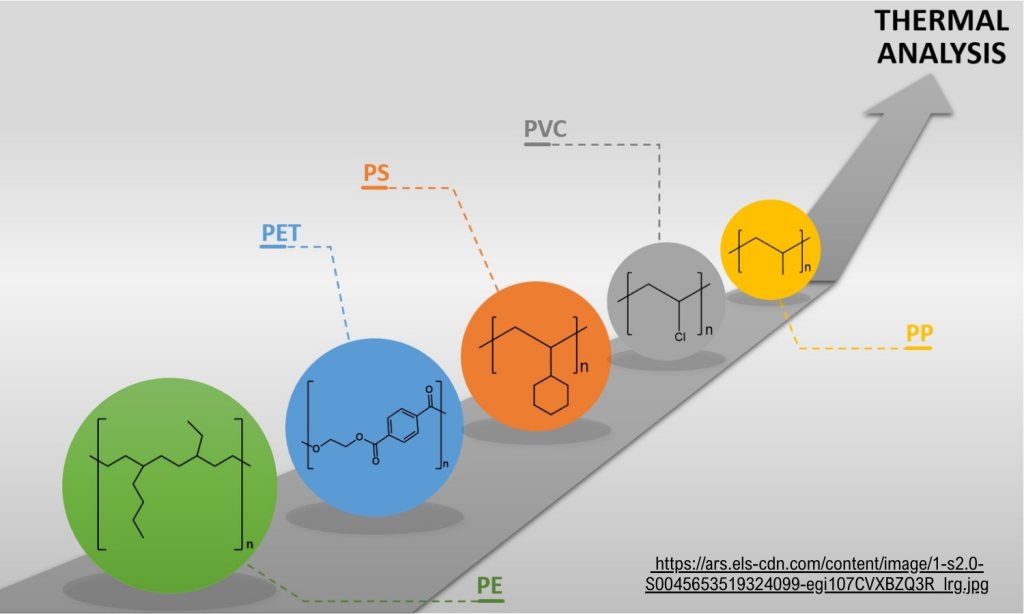Thermal analysis is an essential tool for studying the properties of materials and their behavior under varying temperature conditions. When it comes to microplastics, thermal analysis can provide valuable insights into their thermal properties as they transition from solid to liquid or gas state. One of the commonly used techniques for analyzing the thermal properties of polymers is differential scanning calorimetry (DSC). However, DSC has limited applicability and is often used in conjunction with other techniques.
Thermogravimetric analysis-differential scanning calorimetry (TGA-DSC) is a widely used method for analyzing the purity of microplastics by studying their thermal properties during the solid-liquid phase transition of polymers. This method is relatively simple to operate, requires a small amount of sample, and has high analysis accuracy. TGA-DSC is often used as a complementary or alternative method for determining the composition of polyethylene and polypropylene microplastics using Fourier transformation infrared spectroscopy (FTIR).
Thermogravimetric analysis-Fourier transformation infrared spectroscopy (TGA-FTIR) is a more advanced technique that combines TGA and FTIR to identify the chemical composition of microplastics. This method involves heating the samples to generate pyrolysis gases and then analyzing these gases by FTIR to identify the chemical composition of the microplastics.
However, thermal analysis has limitations in identifying some copolymers and characterizing physical properties such as the appearance and morphology of microplastics. Therefore, it is often used in conjunction with other techniques to obtain a comprehensive understanding of the properties of microplastics. (1)
In addition, the thermal behavior of microplastics can also be influenced by the size, shape, and surface properties of the particles. For example, smaller particles may exhibit different thermal properties than larger particles due to differences in surface area-to-volume ratio, which can affect heat transfer and thermal stability. Similarly, the presence of surface coatings or additives can affects the thermal behavior of microplastics, as well as their interactions with other substances in the environment. Therefore, when using thermal analysis to study microplastics, it is important to consider the potential impact of these factors on the observed results and to use complementary analytical techniques to confirm the identification and characterization of the particles. (2)
References:
1. (Zeik hung et al., “Analytical method for microplastics in the environment, a review”, Environmental Chemistry Letters (2023) 21:383–401)
2. Frigione, M., Marini, G., Pinna, M., A Thermal Analysis-Based Approach to Identify Different Waste Macroplastics in Beach Litter: The Case Study of Aquatina di Frigole NATURA 2000 Site (IT9150003, Italy). Sustainability 2021, 13, 3186. https://doi.org/10.3390/su13063186
By: Moe Thazin Shwe, SOLEN Research Associate – IPC panel member
Edited by: Hendra WINASTU, SOLEN Principal Associate – IPC panel coordinator
Date: 20 April 2023
Article#: SOLEN-IPC-0015



 Tiếng Việt
Tiếng Việt 日本語
日本語
Pingback: Transmission Electron Microscopy (TEM) and Microplastic (MP) - Solen
Pingback: Identification of microplastics using Raman Spectroscopy - Solen